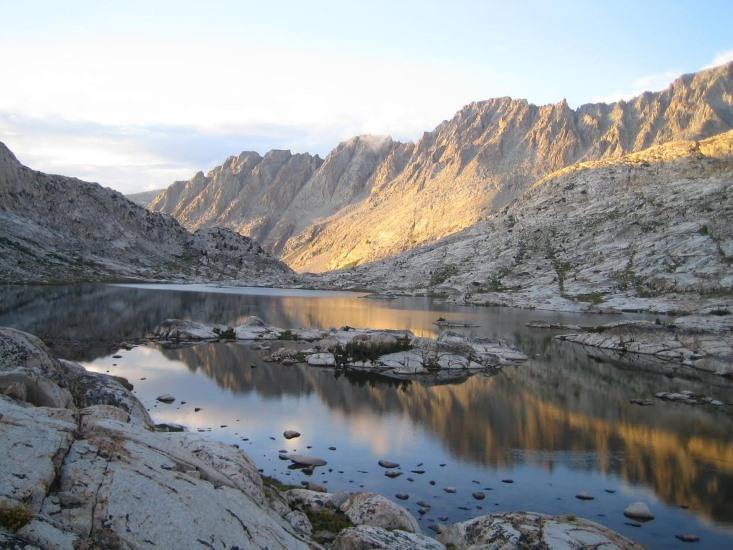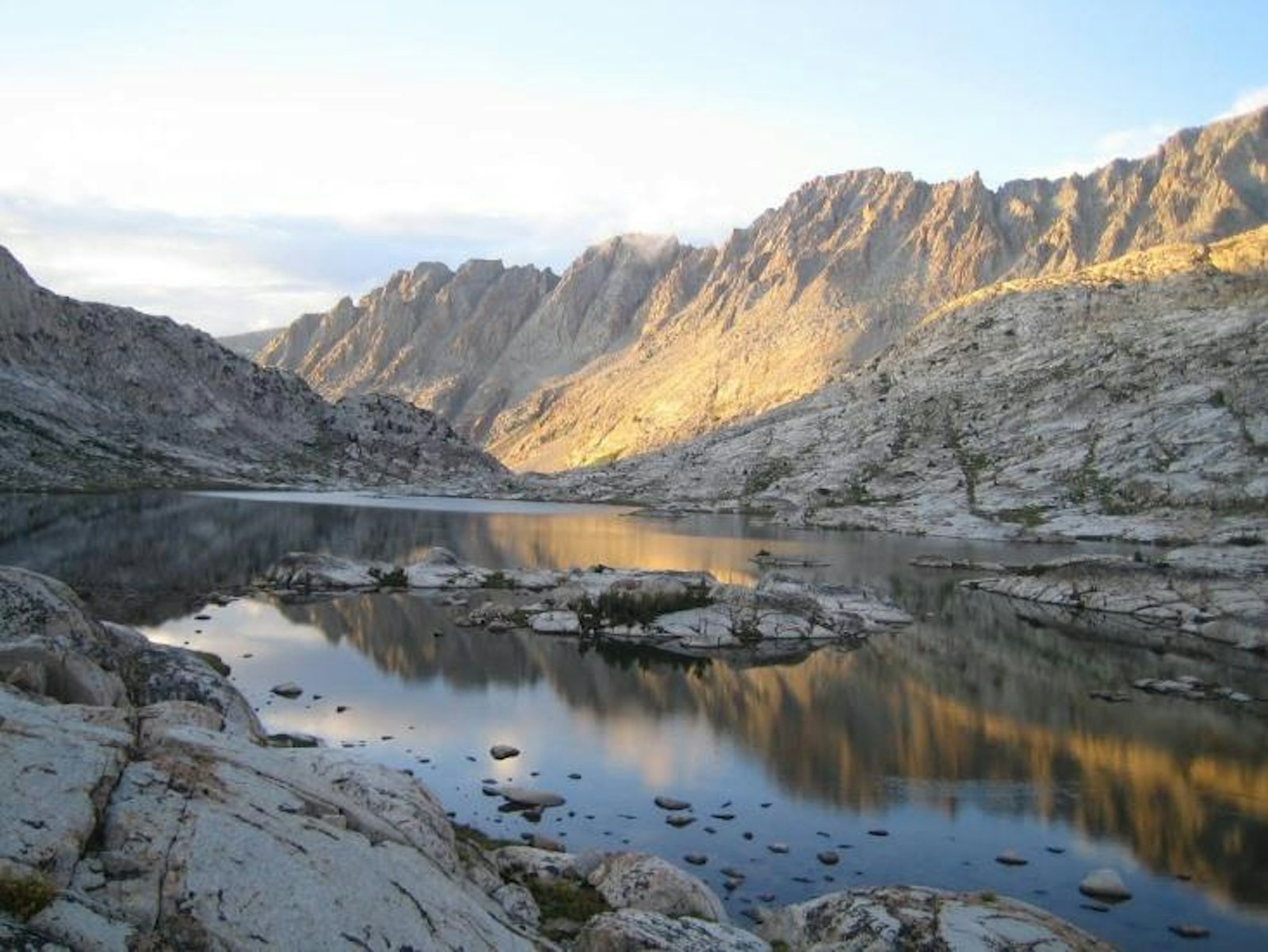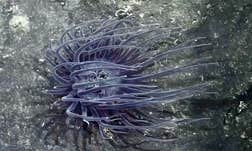It’s no secret that water shapes the world around us. Rivers etch great canyons into the Earth’s surface, while glaciers reorganize the topography of entire mountain ranges. But water’s influence on the landscape runs much deeper than this: Water explains why we have land in the first place.
You might think of land as the bits of crust that just happen to jut up above sea level, but that’s mostly not the case. Earth’s continents rise above the seas in part because they are actually made of different stuff than the seafloor. Oceanic crust consists of dense, black basalt, which rides low in the mantle—like a wet log in a river—and eventually sinks back into Earth’s interior. But continental crust floats like a cork, thanks to one special rock: granite. If we didn’t have granite to lift the continents up, a vast ocean would cover our entire planet, with barely any land to speak of.
Gritty, gray granite and its rocky relatives dominate the continents. It forms the sheer walls of Yosemite Valley and the chiseled faces of Mount Rushmore (and also gleams from many a kitchen counter and shower stall). If you don’t see granite at the surface, you can bet it’s hiding just a few kilometers below your feet, unless you’re cruising over the middle of the ocean in a boat or plane. But what’s special about granite is that it’s relatively buoyant, for a rock—and that to make it, you need water.

Granite starts out as magma formed where the torrid mantle meets the base of the crust. This magma rises, sometimes escaping all the way to the surface and spewing out of volcanoes. Most of the time, however, magma remains trapped in the vast plumbing systems that feed these volcanoes, and it cools to form great buried masses of granite rock. The Sierra Nevada Mountains in California and Nevada represent one such system, laid bare by tectonic uplift and glacial erosion.
But granite has a very particular composition: It’s rich in silica, potassium, and sodium, and low in iron and magnesium. You cannot simply melt the Earth’s mantle—the source of oceanic crust—and get that combination. Geologists have long debated exactly how the planet cooks up the magma that goes on to form granite, and both the leading hypotheses require water.
The first potential recipe involves recycling continental crust. Water helps by lowering the melting temperature of the rock, the same way salting the roads in winter prevents ice from forming, says Roberta Rudnick, a geochemist at the University of Maryland. Impurities, like salt and water, interfere with bonding and weaken solids, like ice and rock. This effect explains why we have so much granite on Earth, where temperatures rarely get hot enough to melt dry crust.
Once the rock begins to melt, it does so in stages, mineral by mineral, and it almost never melts completely. So a rock that’s not granite can partially melt and form granitic magma. Many geologists think that’s how the continents, built around cores of granite, have expanded to cover almost 30 percent of Earth’s surface over billions of years.
“If you don’t have that process going on, then you’re never going to form granites, and you’re never going to form continents, and so it has not on Venus and Mars.”
The other likely way to produce granite entails separating regular basaltic magma, which comes from melted mantle, into different components. Although this process can’t make the same volumes of granite, it may solve the chicken-and-egg problem of how granites formed before there were continents to recycle.
Just as rocks melt mineral by mineral, they also crystallize mineral by mineral. As magma cools, the first minerals that form are dense and silica-poor, says Ian Campbell, a geologist at the Australian National University. They separate and sink down into the mantle, leaving behind silica-rich magma that has the right composition to form granite. This process also hinges on the presence of water, which forms a necessary ingredient in an important, early-crystallizing mineral called amphibole, Campbell says.
In fact, granite is a “symptom” of a planet with vast, long-lived oceans, says John Clemens, a geologist at the University of Stellenbosch in South Africa. We also need plate tectonics to drag seawater, trapped in seafloor minerals, into the lower crust and mantle. “If you don’t have that process going on, then you’re never going to form granites, and you’re never going to form continents,” Clemens says, “and so it has not on Venus and Mars.” Indeed, Earth is the only planet in the solar system—and so far, the known universe—with granite rocks and continents.
These landmasses have provided a stable place for terrestrial life to take hold, and they continue to furnish many of the resources—from fertilizers like phosphorus to metals like copper—upon which modern life depends. “We are a species that evolved on continents,” Rudnick says. Without the alchemic role of water in the rock cycle, “we wouldn’t be here,” she says.
In fact, Rudnick suggests amending the title of a seminal paper on the granite-water connection, published by Campbell and his ANU colleague, Ross Taylor, in 1983. The paper was originally entitled, “No water, no granites—no continents, no oceans.” But Rudnick says you could easily add “no humans” to the list.
Julia Rosen is a freelance science journalist based in Portland, Oregon. Her work has appeared in the Los Angeles Times, Science News, and Pacific Standard, among other places. Follow her on Twitter.


























